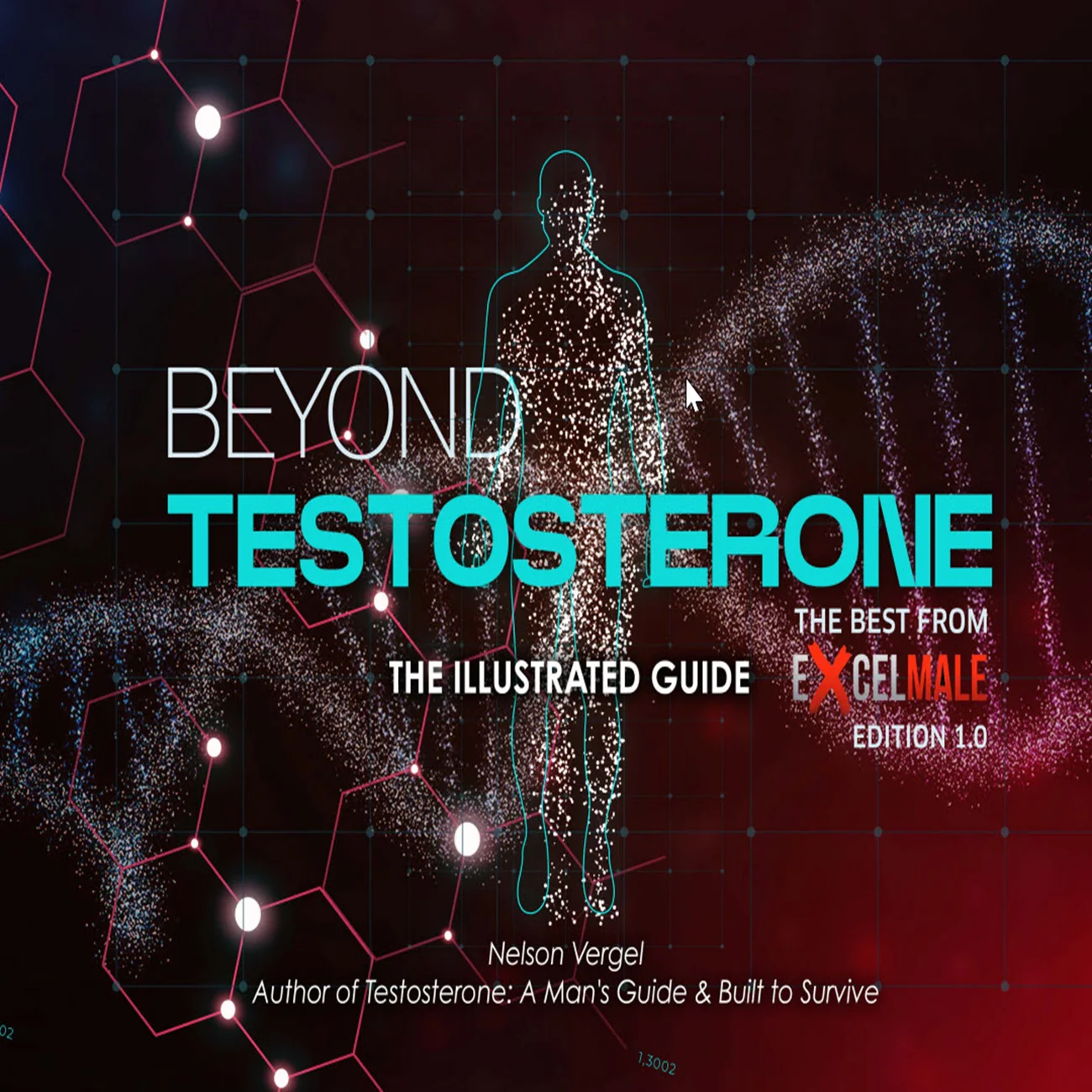madman
Super Moderator
Dr. Jasuja and of course Dr. Bhasin!
* Participants were identified using the Research Patient Data Registry (RPDR), selecting individuals with SHBG levels exceeding 100 nmol/L. Preliminary analysis revealed that participants with low free testosterone, despite normal or elevated total testosterone, consistently exhibited elevated gonadotropin levels (FSH and/or LH). These findings support the free hormone hypothesis, indicating that the hypothalamic-pituitary axis may primarily respond to free testosterone levels rather than total testosterone
Patients with High Sex Hormone Binding Globulin (SHBG) Levels Provide Strong Evidence of the Free Hormone Hypothesis
Ishika (Izzy) Puri, Gabriel Ramirez, Ravi Jasuja, Rodrigo J. Valderrábano, and Shalender Bhasin
Abstract
The regulation of androgen levels in the human body is a complex process, with testosterone playing a crucial role in male physiology. Understanding how testosterone levels are regulated and what constitutes the most accurate measure of androgen status has significant implications for diagnosing and treating conditions like hypogonadism. Central to this discussion is the "free hormone hypothesis," which posits that only the free, unbound fraction of a hormone is the biologically active form of the hormone circulating in the bloodstream. This hypothesis has sparked considerable debate, particularly regarding whether total testosterone or free testosterone provides the most accurate reflection of a male's androgen status. According to the hypothesis, low free testosterone should trigger compensatory increases in luteinizing hormone (LH) and follicle-stimulating hormone (FSH) to enhance testosterone production. To investigate this hypothesis, we conducted a study focusing on men with supraphysiologic levels of Sex Hormone-Binding Globulin (SHBG), which binds a significant proportion of circulating testosterone, potentially reducing the free hormone fraction. Participants were identified using the Research Patient Data Registry (RPDR), selecting individuals with SHBG levels exceeding 100 nmol/L. Preliminary analysis revealed that participants with low free testosterone, despite normal or elevated total testosterone, consistently exhibited elevated gonadotropin levels (FSH and/or LH). These findings support the free hormone hypothesis, indicating that the hypothalamic-pituitary axis may primarily respond to free testosterone levels rather than total testosterone. This study provides further evidence for the critical role of SHBG in modulating androgen activity and has potential implications for the diagnosis and treatment of hypogonadism in men. Further research is warranted to fully elucidate the clinical significance of these findings.
* Participants were identified using the Research Patient Data Registry (RPDR), selecting individuals with SHBG levels exceeding 100 nmol/L. Preliminary analysis revealed that participants with low free testosterone, despite normal or elevated total testosterone, consistently exhibited elevated gonadotropin levels (FSH and/or LH). These findings support the free hormone hypothesis, indicating that the hypothalamic-pituitary axis may primarily respond to free testosterone levels rather than total testosterone
Patients with High Sex Hormone Binding Globulin (SHBG) Levels Provide Strong Evidence of the Free Hormone Hypothesis
Ishika (Izzy) Puri, Gabriel Ramirez, Ravi Jasuja, Rodrigo J. Valderrábano, and Shalender Bhasin
Abstract
The regulation of androgen levels in the human body is a complex process, with testosterone playing a crucial role in male physiology. Understanding how testosterone levels are regulated and what constitutes the most accurate measure of androgen status has significant implications for diagnosing and treating conditions like hypogonadism. Central to this discussion is the "free hormone hypothesis," which posits that only the free, unbound fraction of a hormone is the biologically active form of the hormone circulating in the bloodstream. This hypothesis has sparked considerable debate, particularly regarding whether total testosterone or free testosterone provides the most accurate reflection of a male's androgen status. According to the hypothesis, low free testosterone should trigger compensatory increases in luteinizing hormone (LH) and follicle-stimulating hormone (FSH) to enhance testosterone production. To investigate this hypothesis, we conducted a study focusing on men with supraphysiologic levels of Sex Hormone-Binding Globulin (SHBG), which binds a significant proportion of circulating testosterone, potentially reducing the free hormone fraction. Participants were identified using the Research Patient Data Registry (RPDR), selecting individuals with SHBG levels exceeding 100 nmol/L. Preliminary analysis revealed that participants with low free testosterone, despite normal or elevated total testosterone, consistently exhibited elevated gonadotropin levels (FSH and/or LH). These findings support the free hormone hypothesis, indicating that the hypothalamic-pituitary axis may primarily respond to free testosterone levels rather than total testosterone. This study provides further evidence for the critical role of SHBG in modulating androgen activity and has potential implications for the diagnosis and treatment of hypogonadism in men. Further research is warranted to fully elucidate the clinical significance of these findings.












